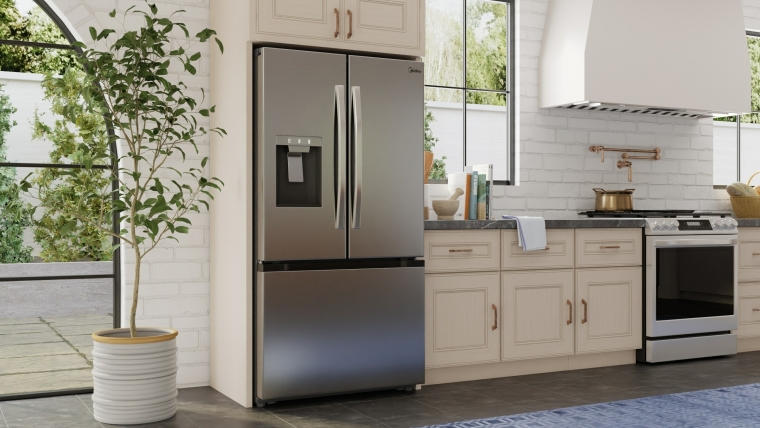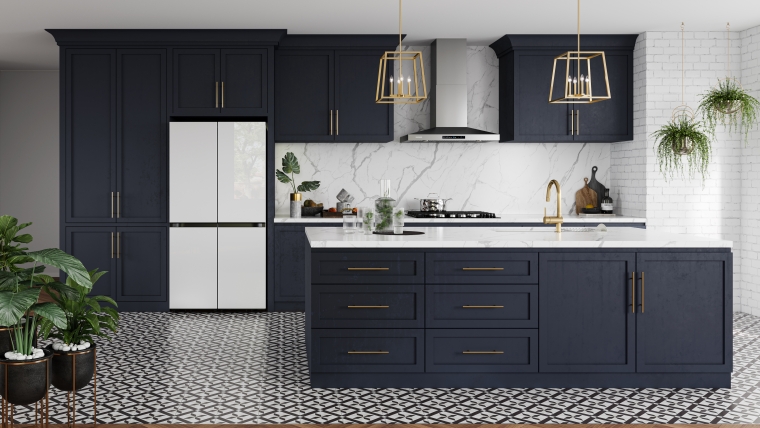
A new Freedonia Group analysis projects US sales of outdoor kitchen equipment to rise 6.3% per year to $780 million in 2024, driven by:
- new installations stemming from strong consumer interest in outdoor living
- ongoing introduction of mass-market products – e.g., modular islands with built-in cooking fixtures – that broaden the outdoor kitchen consumer base
- add-on and upgrade purchases of outdoor kitchen equipment with value-added features (e.g., smart technology, multiple cooking capabilities)
While the COVID-19 pandemic is having a major near-term effect on sales, it is not expected to have a significant impact on the long-term forecast.
COVID-19 slows near-term growth opportunities
In 2020, sales of outdoor kitchens in the US are expected to remain essentially flat from 2019 levels as a result of the COVID-19 pandemic as the expansion of these products from niche into mass market will stall. Government-mandated shutdowns of nonessential businesses – particularly outdoor specialty retailers, where many outdoor kitchen sales are made – are also limiting sales opportunities.
Nevertheless, the pandemic is not expected to have a significant long-term impact on outdoor kitchen sales, which are projected to return to forecasted levels as safety restrictions are gradually lifted.
Innovation expanding outdoor kitchen consumer base
Product development is giving rise to new outdoor cooking trends that are driving sales of value-added specialty fixtures for outdoor kitchens, such as pellet and kamado grills, smokers, and pizza ovens. These products will grow at a faster rate than gas grills through 2024, as gas grills are already well established. Meanwhile, add-on fixtures such as side burners and griddle plates are expected to see the fastest growth, albeit from a small base, as they make it easier to transfer indoor culinary trends outside.
Outdoor kitchen penetration will also be aided by the rising availability of modular outdoor kitchens, which are less expensive than custom versions and can be installed either as a DIY project or without the need for expensive specialists like masons. The best opportunities are for products that:
- allow custom configurations of islands to accommodate various spaces
- include pre cut compartments that support cooking fixtures, appliances, and other drop-in features such as bar and cocktail areas from a range of brands
- offer aesthetic customization, such as countertop material options ranging from basic (e.g., stainless steel) to high-value (e.g., porcelain, natural stone)



